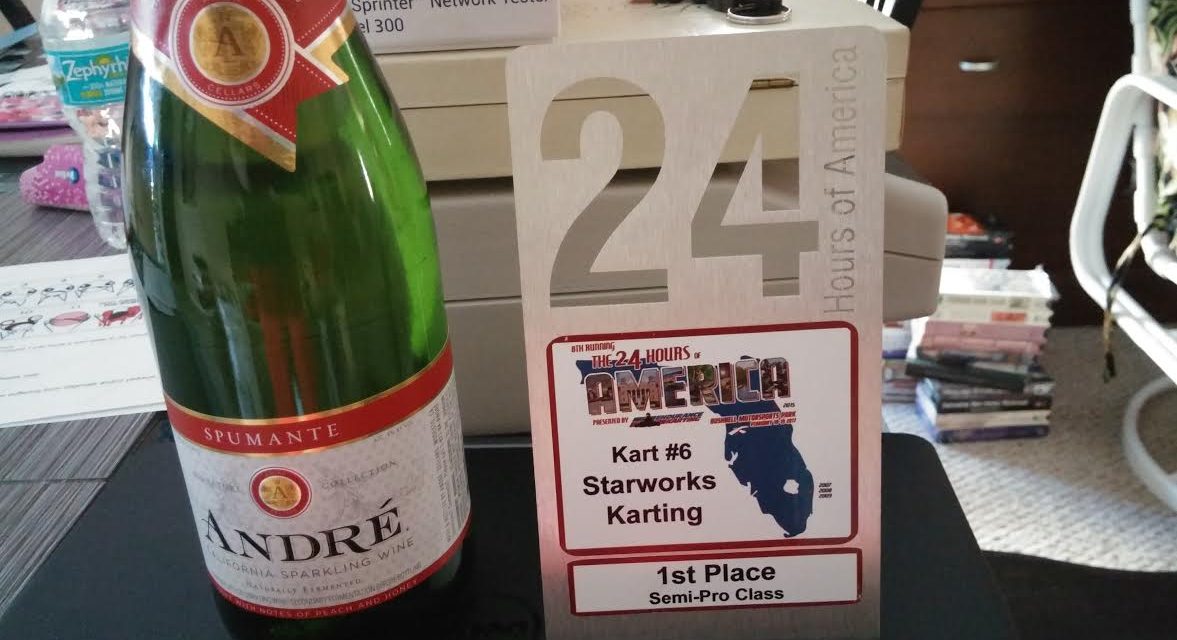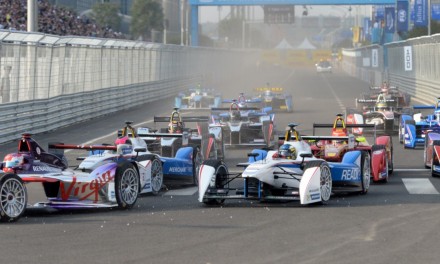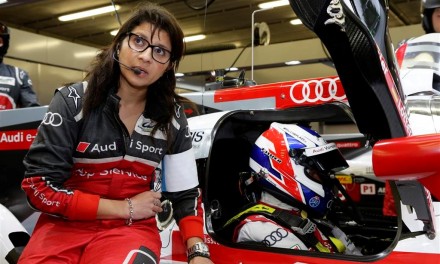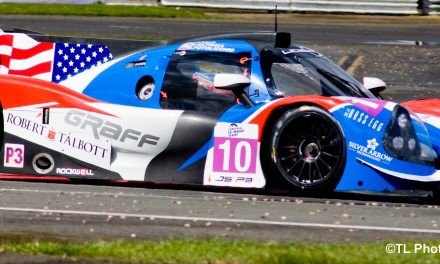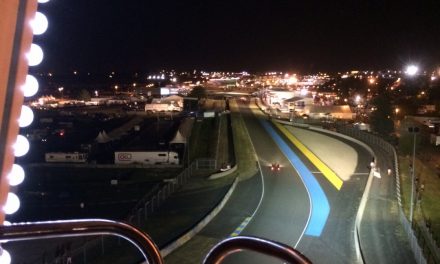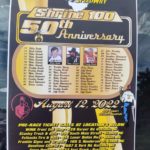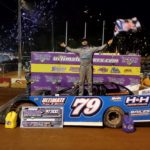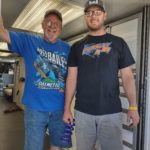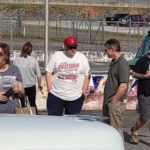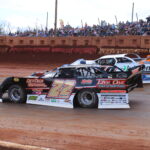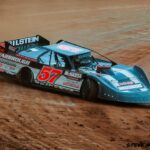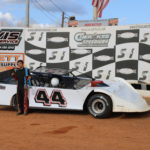Story and photo by Steve Zongker
If you ask any racer these days where they got their start, most will tell you through go-karts.
This past weekend, I was able to participate in the eighth annual Endurance Karting 24 Hours of America held in Bushnell Florida. Some of the previous events have been held at prestigious locations as New Orleans Motorsports Park and Daytona International Speedway.
Endurance Karting is put on by Chris McCoy and his team based out of Alpharetta, GA since 2001. His team puts a lot of energy and enthusiasm into these events, and it shows consistently by the quality of teams and drivers who attend each year.
There are multiple classes in endurance classes: Pro, Semi-Pro, Masters, Legends, Rookie, and Solo. In this event, we did not have any Rookies or Solo entries. The Pro category had such drivers as Jordan Taylor, Alex Popow, Cameron Lawrence, Zach Veach, & Eric Filgueiras.
Originally I was attending as a volunteer for Endurance Karting, doing jobs such as driving the golf carts back and forth between buildings and timing mandatory pit stops. What I didn’t know was going to happen, occurred an hour into the event itself.
In my spare time, I work for IMSA sportscar team Starworks Motorsports and one of their drivers, Alex Popow, was entered into the event. Fortunately for me, they did not have a race strategist/ team manager and I was quickly pulled into the team to assist in their quest to win the Semi-Pro class.
Not having any kind of prep work or time to think, I threw on a head set and started monitoring the timing and scoring being transmitted to the teams. Being a race strategist for a 24-hour event of any kind is daunting. You need to stay up the entire time and keep track of not only your team, but others in front of and behind you (both in class and overall).
One of the mandatory rules for endurance events is kart swaps and driver changes. You are required to swap your kart for another kart 12 times during the event. Another mandatory rule is driver stints. No driver is allowed to drive more than two 45-minute stints in a row.
Taking these into consideration, and not much preparation beforehand, my greatest assets were a piece of paper, a pen, an iPad, and a stopwatch on my phone.
The other thing that wound up becoming an issue was the weather. The day began bright, sunny and warm- typical winter weather in Florida- but by the time the evening rolled around, rain started to set in.
Luckily this wasn’t the constant down pouring of rain that took place in Daytona during the Rolex 24 hours, but just enough for the go karts to be effected. This caused a couple of extended red flags to be thrown.
The team at Bushnell did a wonderful job of keeping all of the drivers safe and the track in excellent condition.
My job continued through the night as our Starworks team continued to push on, developing our race into a class lead, and at one point, into the overall top 10 (out of 22 teams). By the time the halfway point in the race arrived, I began strategizing the race from the end, and then back to our current elapsed time.
Consulting with a few others on our team, we made a plan on who we wanted to finish the race, and each stint moving backwards. I also began to notice patterns in our competitors kart swaps and driver changes, and adjusted accordingly.
During the night, the rain steadily came and went, karts were swapped and driver changes took place. My piece of paper that I was jotting notes on now looked like a cryptographic code that only MIT experts could decipher.
Once the sun started to come up around 7 am, we had developed an eight-lap lead in our class and were firmly in the top-10 overall.
We thought we were in a good position until our last kart and driver change took place. My heart sank as I watched our driver exit pit lane, and stop immediately on track. I checked with my driver on the radio, and as calm as you can be in a state of chaos he told me that the kart just stopped running as he blended back into the racing line on track.
Seconds and then minutes went by at an agonizing pace as the local staff tried to restart the kart. Laps on our competitors started shrinking on the timing and scoring application. Talk about watching the race just fall out of your control, my heart was in my gut. I thought everything we had worked on during the night was now going away.
After about five minutes, our driver was hurriedly taken back to the pits where he was able to get a new kart, and continue the race. Yes, we were back in the race, but could we now overcome the three-lap gap we had lost during this technical glitch?
Paying attention during the race manager meeting prior to the start of the race, I knew that we could petition the race director about regaining lost time due to technical issues with the karts that were not of our control.
I quickly asked race control if we would be able to restore the time we had lost due to the this technical issue, and after some back and forth we were given back six of the nine minutes we lost because of the kart failure.
This adjustment put us back in the class lead, but our eight-lap advantage had shrunk down to three laps.
My internal debate was “Do we get aggressive again, and rebuild the lead back?” or “Do we play it conservatively to retain our advantage?”
As a “rookie” race strategist, I decided to take the more conservative approach- better to win the class than try to advance our overall position.
With less than an hour remaining we put our youngest driver in to finish the race. Alex Popow Jr. just turned 11-years-old, and was lapping at a time that matched our competitors.
The race ended with great fanfare as we won the Semi-Pro class and still finished in the Top 10 overall. I am still to this moment very proud of our team and what we accomplished.
Now onto Sebring, and see what we can accomplish at the 12-hour race in March.

